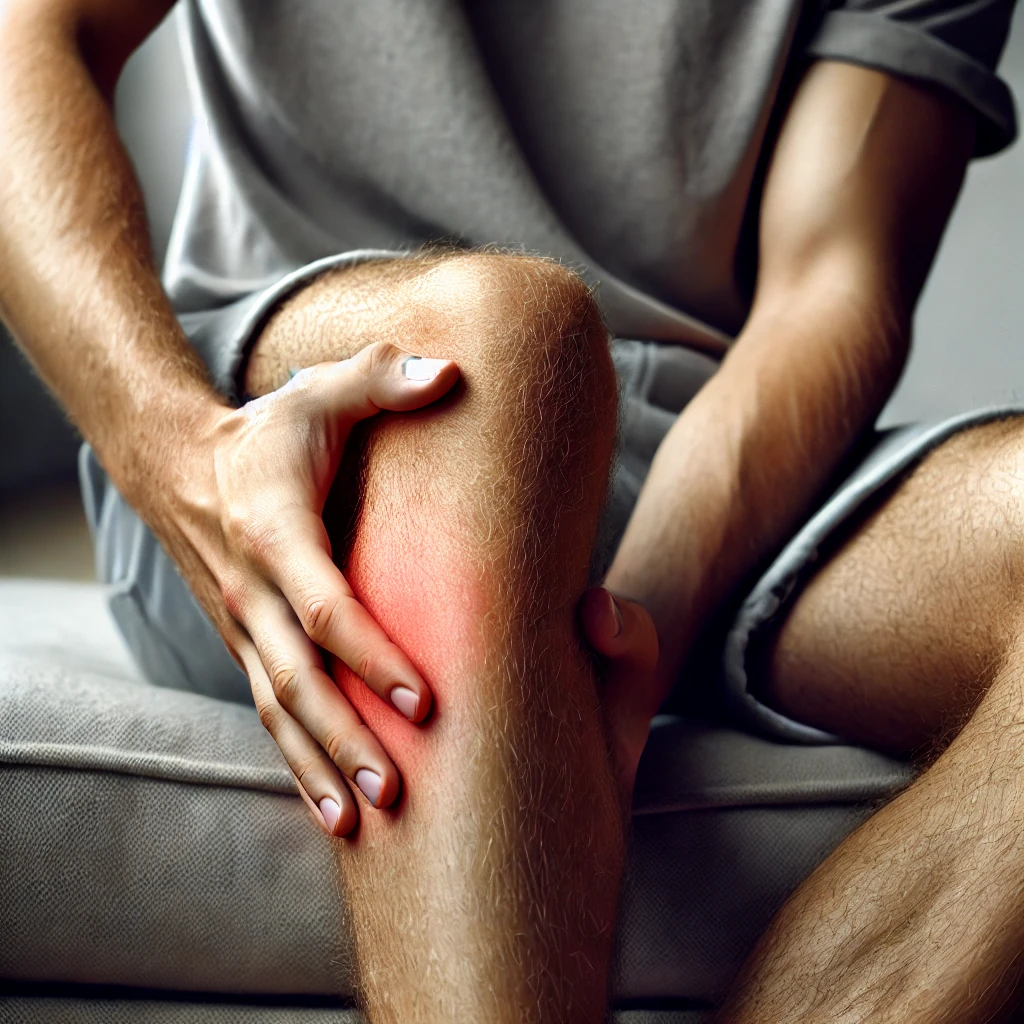Leg Fatigue and Nighttime Cramping Without Varicose Veins: A Patient’s Story

Introduction
When people think of vein disease, they often picture large, bulging varicose veins. While varicosities are common, not all patients with venous insufficiency present this way. Many individuals experience leg fatigue, swelling, cramps, or restless legs without any visible varicose veins.
This case study illustrates how a young, otherwise healthy patient experienced significant symptoms from smaller abnormal veins. With the right evaluation and treatment, she found lasting relief and improved both her comfort and confidence.
The Patient’s Story
A 35-year-old woman came to my office seeking answers for her ongoing leg symptoms. Her concerns included:
- Persistent leg fatigue, especially at the end of the day
- Swelling in her lower legs
- Nighttime leg cramping, often interrupting her sleep
What stood out is that she did not have any visible varicose veins. Her legs appeared cosmetically normal, aside from some scattered reticular and spider veins.
She was frustrated — despite her symptoms, previous evaluations had dismissed her concerns because she didn’t have “classic” varicose veins.
Clinical Evaluation
During her consultation, I performed a detailed physical exam and venous duplex ultrasound to check for reflux in her major superficial veins:
- Great saphenous vein (GSV): No reflux detected
- Small saphenous vein (SSV): No reflux detected
- Deep venous system: Normal
Despite the absence of reflux in her larger veins, she had a network of abnormal reticular and spider veins, which were likely contributing to her symptoms.
This is a key point for patients: not all venous disease shows up as big bulging veins or major reflux. Smaller dysfunctional veins can still create symptoms by increasing local venous pressure, impairing circulation, and triggering inflammation.
Understanding the Symptoms
The connection between small abnormal veins and symptoms like fatigue, swelling, and cramping is often underestimated. Here’s how they contribute:
- Venous hypertension: Even without major reflux, abnormal reticular veins create pockets of pressure and poor drainage.
- Microcirculatory changes: Spider and reticular veins disrupt normal flow, leading to local inflammation.
- Muscle strain and cramps: Increased venous pressure irritates muscles and nerves, triggering nighttime cramping.
- Fluid buildup: Poor circulation contributes to swelling and leg heaviness.
For this patient, her complaints were very real and consistent with chronic venous insufficiency at a smaller scale.
Treatment Plan
Given her findings, we recommended a series of visually guided sclerotherapy sessions.
What Is Sclerotherapy?
Sclerotherapy involves injecting a safe, FDA-approved solution directly into abnormal veins. This causes the vein walls to collapse and seal shut. Over time, the treated veins are naturally reabsorbed, allowing blood to flow through healthier pathways.
For this patient, visually guided sclerotherapy was ideal because:
- She had no saphenous reflux, so ablation was unnecessary.
- Her symptoms were linked to reticular and spider veins.
- Sclerotherapy addressed both the functional symptoms and the aesthetic concerns.
The Results
Over the course of treatment, she noticed gradual but significant improvement:
- Her legs felt more energetic — the constant fatigue she once had was gone.
- Swelling resolved, leaving her legs feeling lighter by the end of the day.
- Nighttime cramps disappeared, allowing her to sleep soundly.
- Aesthetic improvement — her legs looked clearer, with fewer visible veins.
By the completion of her treatment series, she expressed that her legs not only looked better but felt healthier than they had in years.
Why This Case Matters
This patient’s story challenges the common misconception that vein disease only matters if varicose veins are visible. In reality:
- Symptoms can exist without visible varicosities. Many patients suffer from swelling, fatigue, and cramps before any veins become obvious.
- Ultrasound is essential. Even when large vein reflux isn’t present, smaller vein abnormalities can be the source of symptoms.
- Treatment improves both function and appearance. Sclerotherapy is not just cosmetic; it relieves pressure, improves circulation, and restores comfort.
Sclerotherapy: More Than Cosmetic
While sclerotherapy is often marketed as a cosmetic procedure, clinically it is much more than that:
- Symptom relief: By eliminating dysfunctional veins, pressure is reduced, and circulation improves.
- Prevention: Treating abnormal veins early helps prevent progression to larger varicosities or chronic venous insufficiency.
- Aesthetics: Clearer skin is a bonus — patients enjoy both functional and cosmetic benefits.
This makes sclerotherapy an excellent choice for younger patients with symptoms but no major reflux.
Lifestyle and Long-Term Leg Health
Even after successful treatment, I encourage patients to support vein health through:
- Staying active: Walking and leg exercises keep calf muscles strong, which improves venous return.
- Compression stockings: Helpful during travel or prolonged standing.
- Healthy weight management: Reduces pressure on leg veins.
- Avoiding prolonged sitting/standing: Taking breaks to stretch and move regularly.
These measures complement vein treatments and protect long-term vascular health.
Key Takeaways from This Case
- Don’t ignore symptoms just because veins aren’t visible. Leg swelling, fatigue, and cramping are important signs of venous dysfunction.
- Ultrasound evaluation is critical. It rules out major reflux but also guides treatment for smaller abnormal veins.
- Sclerotherapy treats more than cosmetics. It addresses symptoms, circulation, and aesthetics.
- Younger patients benefit from early treatment. Stopping disease progression before major reflux develops preserves long-term vein health.
Conclusion
This 35-year-old patient’s journey is a powerful reminder that vein disease isn’t always obvious to the eye. Despite having no varicose veins and no great or small saphenous reflux, she experienced significant leg fatigue, swelling, and cramping that interfered with her life.
With a targeted treatment plan of visually guided sclerotherapy, she achieved full resolution of her symptoms and an aesthetic improvement that boosted her confidence.
If you’re experiencing leg heaviness, fatigue, or nighttime cramps, don’t dismiss it just because you don’t see bulging veins. A vein consultation and ultrasound evaluation can uncover hidden issues and open the door to effective treatment.
Modern vein care offers safe, minimally invasive solutions that restore both leg health and quality of life.